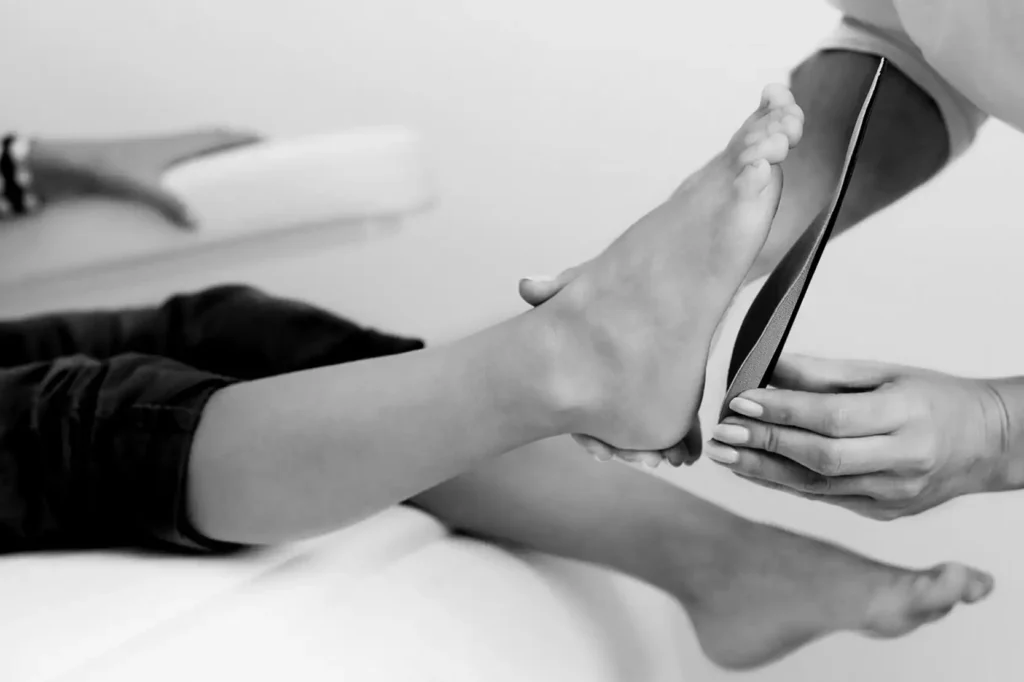Learn Are orthopedic insoles worth it? Absolutely! In this guide, discover the real benefits of orthopedic insoles, from relieving foot pain to improving posture and athletic performance.
Introduction to Are Orthopedic Insoles Worth It:
Yes, orthopedic insoles are absolutely worth it if you struggle with foot pain, poor posture, or discomfort during daily activitiesthey offer targeted support, realignment, and long-term relief. When you think about your overall health, you might not immediately think of your feetbut they’re your body’s foundation. Ignoring foot health can lead to a ripple effect of problems throughout your knees, hips, and back. That’s why orthopedic insoles have become so popular. If you’ve ever wondered “are orthopedic insoles worth it?”, you’re definitely not alone. Speaking from experience and expertise, I’ll break it down in the most practical way possible.
Orthopedic insoles aren’t just “comfort accessories“they are medically designed to provide proper arch support, correct foot mechanics, and relieve chronic pain conditions like plantar fasciitis or flat feet. Whether you’re an athlete, a busy professional, or someone who spends long hours standing, understanding the real value behind orthopedic insoles can genuinely change your quality of life.
Good quality orthopedic insoles typically last between 12 to 18 months depending on usage and material quality.
What Are Orthopedic Insoles:
Orthopedic insoles, also called orthotic insoles or shoe inserts, are specially crafted inserts designed to correct foot alignment, support arches, and redistribute pressure across your feet. Unlike cheap over-the-counter inserts, orthopedic insoles are often recommended by podiatrists and can even be custom-made based on your foot’s unique shape and gait.
In my experience, using professionally recommended orthopedic insoles can feel like night and day. They’re not just about cushioning; they are about structural correction. When your foot is properly aligned, your whole body benefitsfrom reduced ankle strain to less lower back pain.

Benefits of Orthopedic Insoles:
The benefits of orthopedic insoles go far beyond foot comfort. Some of the biggest advantages I’ve personally seen and patients often report include. Insoles aren’t just for people with foot pain either. They’re proactive tools that help avoid injuries before they start, which is why many trainers and doctors recommend them even for healthy individuals.
- Pain relief: Whether it’s plantar fasciitis, heel spurs, bunions, or arch pain, orthopedic insoles target the root cause.
- Better posture and balance: Misaligned feet can throw off your entire posture. Orthotic inserts help to straighten things out from the ground up.
- Enhanced performance: Athletes often notice better endurance and less fatigue after using custom insoles.
Are Orthopedic Insoles Worth the Money:
Investing in orthopedic insoles can seem expensive at firstespecially compared to regular store-bought inserts. However, considering the health benefits and cost savings from avoiding future medical treatments, they’re well worth it. Think of orthopedic insoles as a long-term investment in your health.
Personally, after developing arch pain from running, getting custom orthopedic insoles was one of the best decisions I made. Not only did my pain vanish, but my overall energy levels improved because my body wasn’t constantly compensating for poor foot alignment.
While generic options can offer temporary comfort, professionally designed orthopedic insoles deliver sustainable, medical-grade support that truly lasts.
Who Should Consider Orthopedic Insoles:
Anyone experiencing frequent foot, knee, hip, or back pain should consider orthopedic insoles. Common groups who benefit greatly include. Additionally, older adults often find relief from balance issues and arthritis symptoms with the help of supportive insoles. Even kids showing signs of walking abnormalities like excessive toe-walking or inward rolling of ankles can benefit early with orthopedic support.
- Athletes and runners who put repeated stress on their feet.
- People with flat feet or high arches, who naturally have poor shock absorption.
- Workers who stand for long hours like nurses, teachers, and retail workers.
How to Choose the Right Orthopedic Insoles:
Choosing the right orthopedic insoles depends on your specific condition, foot structure, and activity level. Here’s what to consider. Cheap, generic inserts from a drugstore won’t address specific biomechanical issues. It’s important to choose insoles designed specifically for your condition and activity needs.
- Get a professional assessment: Visit a podiatrist or physical therapist to understand what your feet actually need.
- Look for custom options if needed: Custom orthotics provide a tailored solution for more serious conditions.
- Prioritize materials: Good orthopedic insoles use materials that offer both support and breathability, like EVA foam or carbon fiber.
FAQ
Most frequent questions and answers
Good quality orthopedic insoles typically last between 12 to 18 months depending on usage and material quality.
Many insoles are designed to fit different shoe types, but some athletic or custom orthotics may require roomier footwear.
Some mild discomfort is normal as your body adjusts, but severe pain could mean you need an adjustment or re-fitting.
Conclusion:
In conclusion, Whether you’re dealing with chronic foot pain, posture issues, or simply want to improve your daily comfort, are orthopedic insoles worth it? Absolutely. orthopedic insoles provide targeted support that makes a real difference. From personal experience and expert insight, investing in high-quality insoles is a smart move for your long-term health. Don’t underestimate the impact your feet have on your overall well-beingthe right insoles can truly transform how you move, feel, and live.





